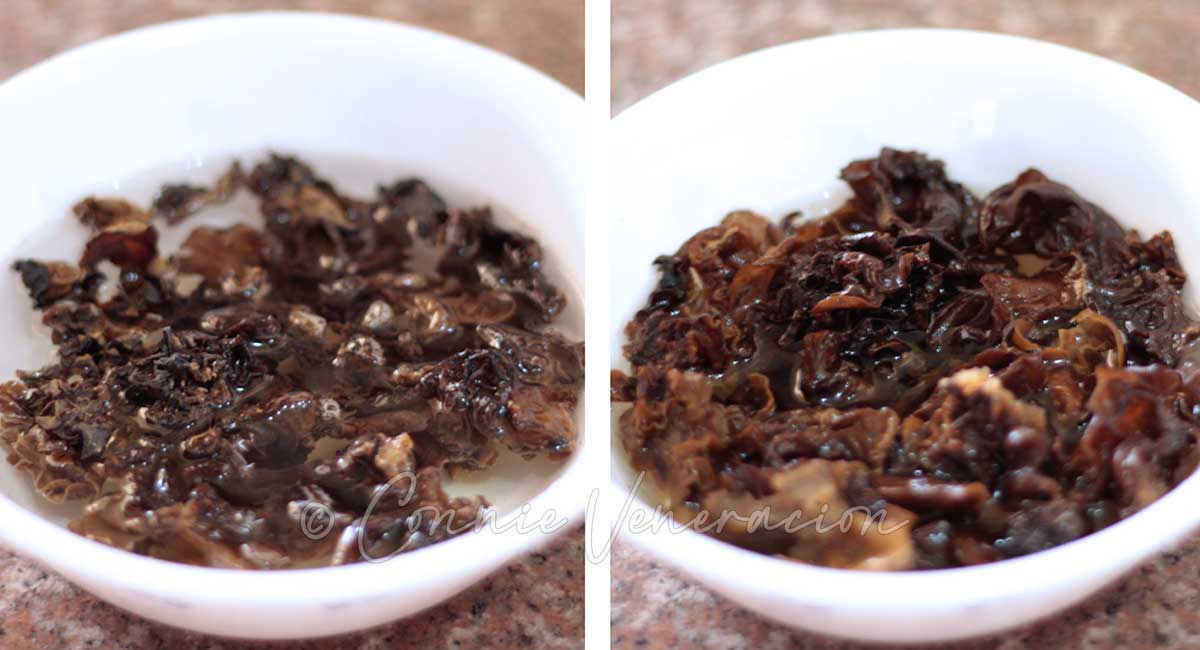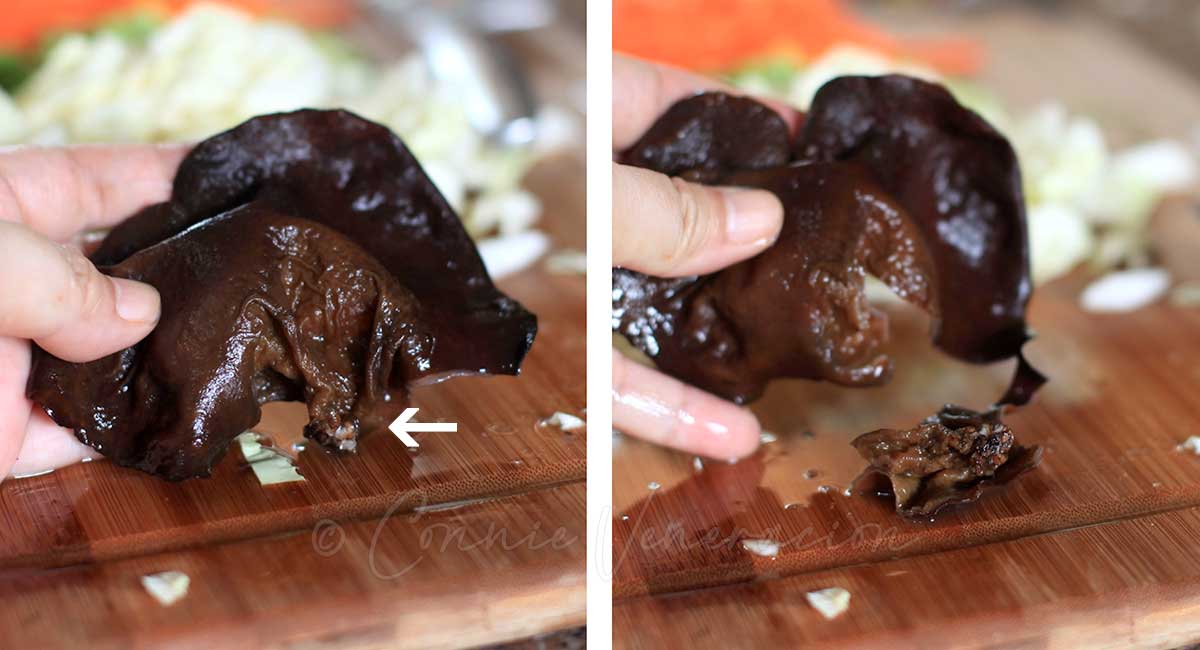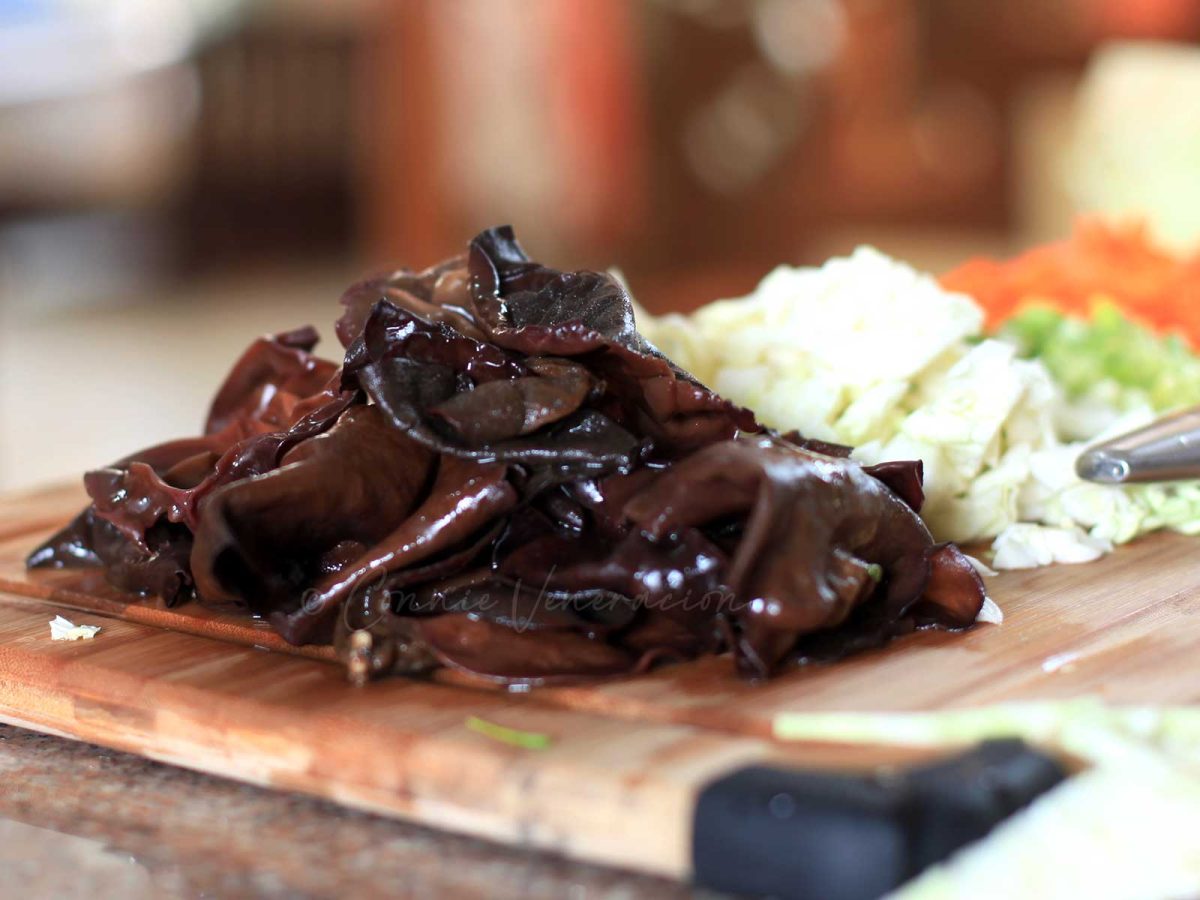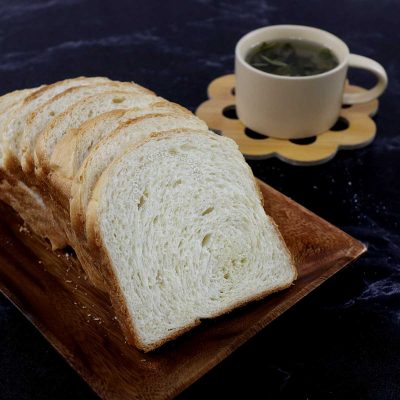When dried, both are blackish curly things and it didn’t matter much to me which was which because black fungus and wood ear mushrooms are often used interchangeably in home cooking.
Then why does it pay know to the difference? Because dried wood ears require a longer soaking time and even fresh ones demand an extra step to make it palatable.
How to tell between black fungus and wood ear mushrooms
Dried or fresh, black fungus (Auricularia polytricha) are much smaller than wood ears. A dried piece is about half inch to an inch. They are also uniformly textured and thinner.
Wood ears (Auricularia auricula-judae) are about twice as large, thicker and there is a portion that looks coarser.
It’s not easy finding fresh black fungus and wood ears. But they are sold in most Asian groceries and markets in dried form. Note, however, that they may be called by other names.
The upside of buying them fresh? You don’t need to wait for them to rehydrate.
The upside of buying them dried? You can keep them longer. Just keep in a tightly covered jar then place the jar in a dry and dark spot in your kitchen or pantry. They will keep for a month or so.
Dried black fungus and wood ear mushrooms require rehydration
Whether it’s black fungus or wood ears, if you bought it dried, you need to rehydrate them.

Place the dried black fungus or wood ears in a bowl and cover with plenty of hot or warm water. How hot? Not boiling. If you’re a mom and you’ve tested the temperature of your baby’s milk on your wrist, it’s something like that. The water shouldn’t scorch your wrist. Even room temperature water will do but rehydration will take longer.
How long should they be soaked? Black fungus will double in volume in less then 15 minutes. Wood ears will take twice as long. Longer, even, if they are large.
The soaking water can be strained and used for cooking
Trimming wood ears
Once the black fungus has rehydrated, you can use them whole or roughly chop them, thinly slice them, finely chop them… whatever the recipe calls for.
Wood ears, however, need trimming. Even if you bought them fresh, they still need to be trimmed.

See where the white arrow points? If you feel around with your fingers in that part, you’ll know how much different the texture is from the rest of the fungus. That tough hard part should be cut off.
Take a small knife and cut around the tough portion of the black fungus, making sure that only the jelly-like portions remain.
After the trimming the black fungus, you can cut them into whatever size you prefer.




